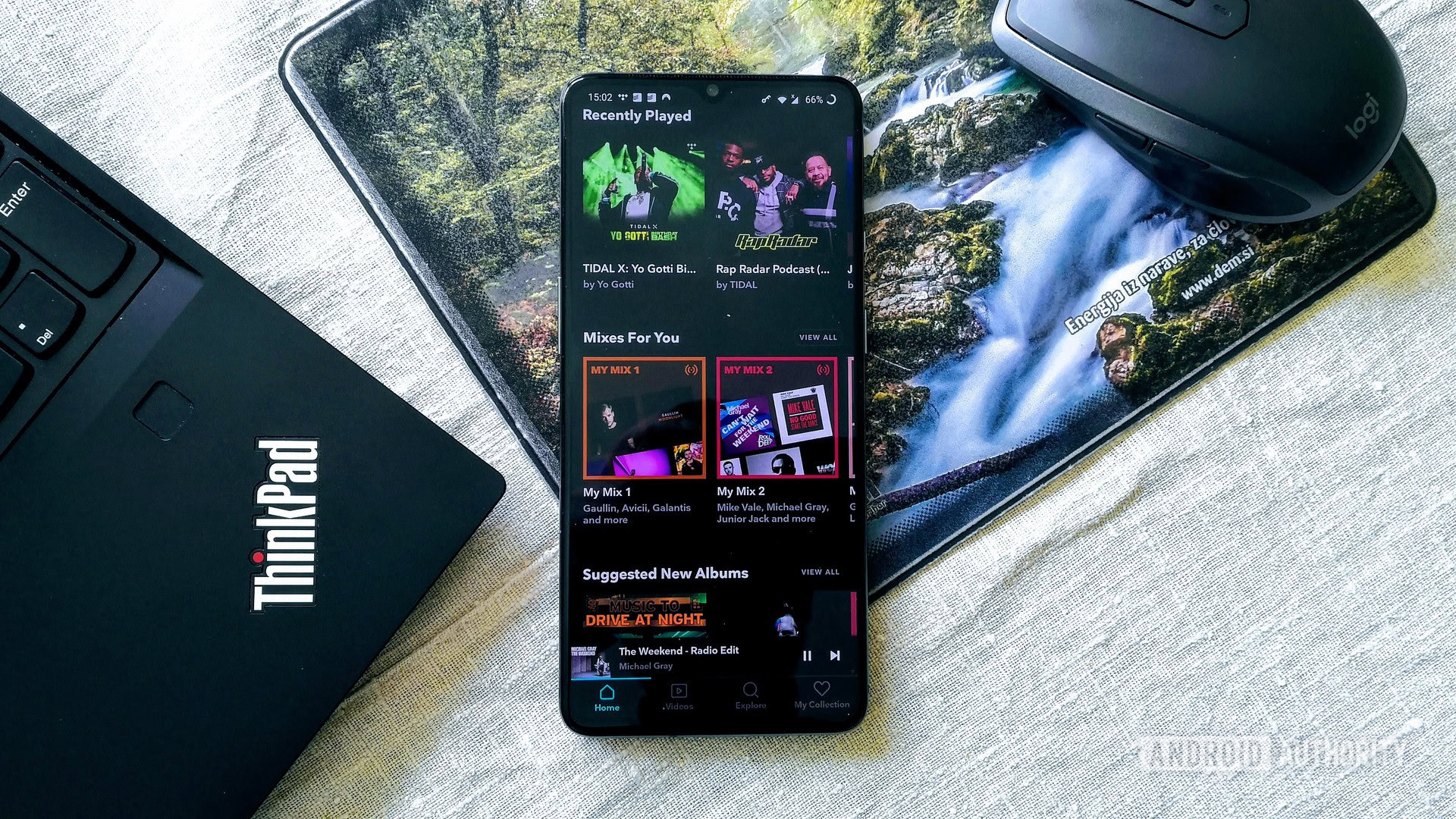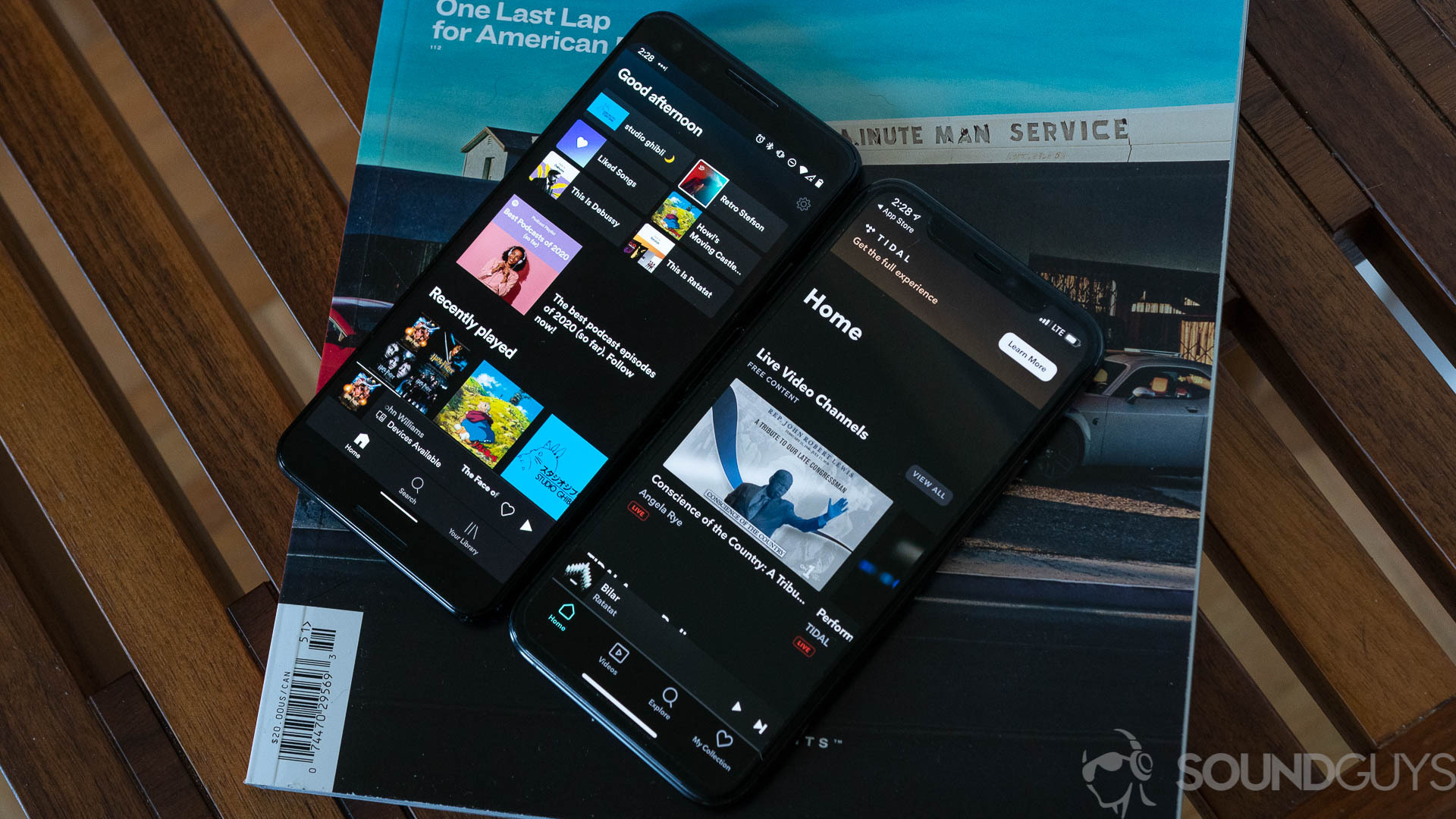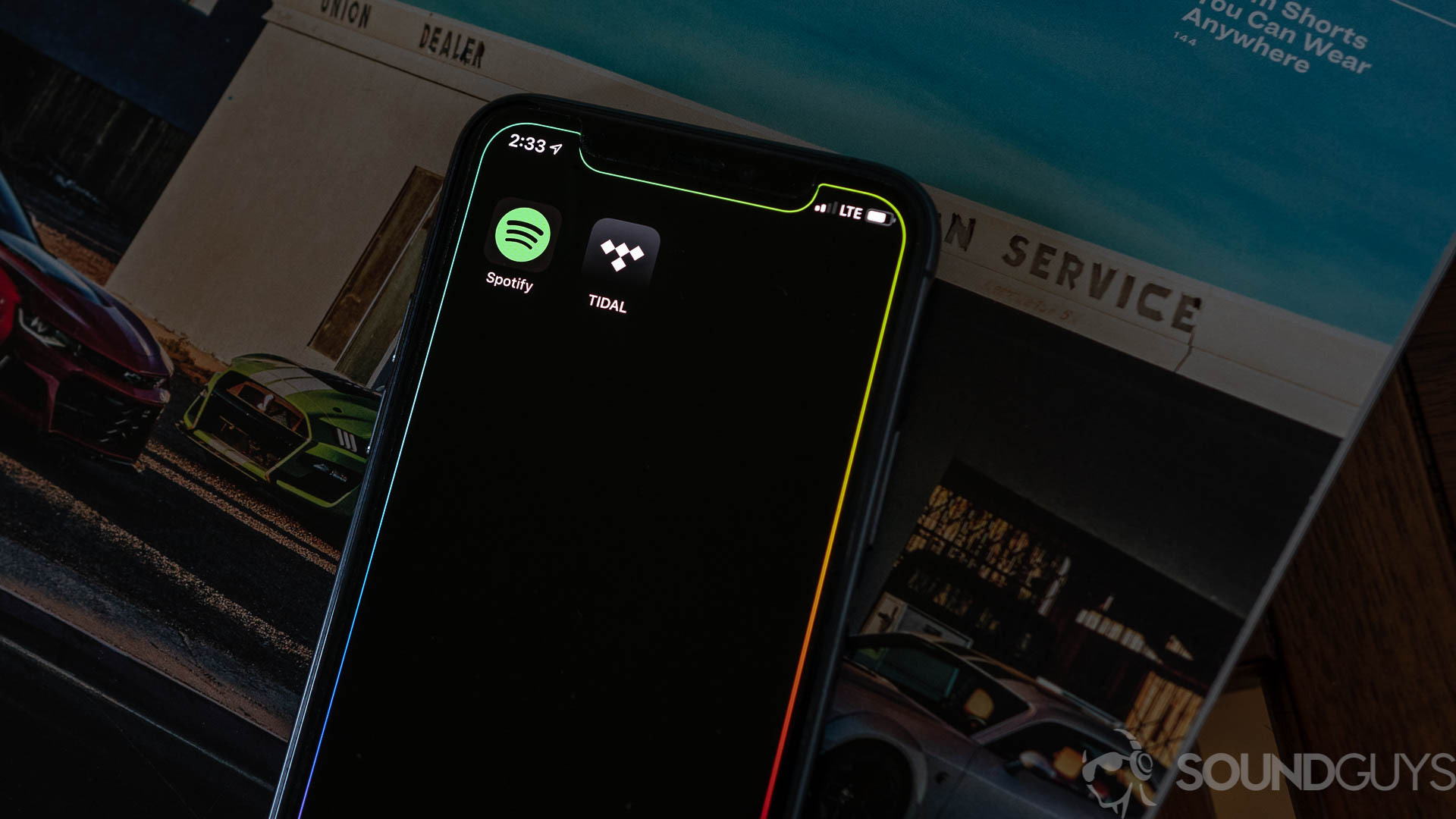All products featured are independently chosen by us. However, SoundGuys may receive a commission on orders placed through its retail links. See our ethics statement.
Is this the end of Tidal?
Published onMarch 10, 2025
Music streaming services are the de facto way of listening to our favorite artists on the move. Industry behemoths like Spotify dominate the market and provide a sleek user experience, handy algorithmic and editorial playlists, and an enormous music library. Counterwise, smaller rivals like Tidal offer high-res audio streaming, comprehensive video content, and more money per stream for artists. Unfortunately, the company has recently made significant changes to the platform that could spell the end of Tidal as we know it.
Editor’s note: This article was updated on March 10, 2025, to add our YouTube video on the topic.
A battle with the Titans

It is widely known that Spotify is the most popular music streaming service in the United States. In fact, a recent survey conducted by Digital Music News found Spotify enjoyed a staggering 36% market share last year. Apple Music and Amazon Music came second and third, with a 30.7% and 23.8% split of the market respectively. Quick math tells us that as of February 2024, the three companies owned a cumulative music streaming subscriber share of 90.5% in the USA.
By comparison, Tidal had roughly 721,400 US-based users in 2024, representing approximately 0.5% of the country’s total music streamers. This fell behind YouTube Music’s 6.8% stake and Pandora Premium’s 1.9% market share. These numbers alone may not necessarily represent the end of Tidal. However, news that Tidal’s parent company, Block, is scaling back investment in the platform will alarm fans.
Tidal's parent company is reducing investment in the platform.
Block’s Q3 2024 Shareholder Letter reveals that the company plans to redirect its investments away from its music streaming subsidiary Tidal toward its Bitcoin mining initiatives. Its ‘corporate and other’ business segment, where Tidal resides, saw revenues of $44m in Q3 of 2024. This was $14m less than three years earlier when the company reported revenues of $58m primarily generated from Tidal. The company’s latest report of falling revenue follows a ‘goodwill impairment charge’ worth $132 million filed in its Q4 2023 Shareholder Letter, signaling Block paid significantly more for Tidal than it was worth at the time.
On October 30, 2024, Fortune unearthed a memo from Block’s CEO Jack Dorsey to Tidal employees announcing more staff layoffs. While Dorsey did not specify an exact number, company insiders speculate there could be as many as 100 jobs cut. This includes removing those in product management and marketing positions and downsizing the company’s design teams. This follows a previous 10% staff cut in December 2023. For context, a reduction of 100 staff would represent roughly a quarter of Tidal’s total workforce.
No room to flex without Plex

It isn’t just staff layoffs and dwindling revenues that have harmed Tidal’s prospects. The company has also systematically halted integration with many popular brands and products. For example, as of October 28, 2024, the Plex media streaming service no longer supports Tidal music. This marks the termination of a six-year relationship between the platforms that allowed fans to stream Tidal’s entire music catalog alongside their self-hosted library. These could be combined to create comprehensive fan-made playlists many users enjoyed.
To its credit, Tidal remains available on most Android and iOS devices. However, on July 8, 2024, the platform pulled support for Samsung TVs running Tizen OS. Since then, fans can no longer access the app, stream via airplay, or cast music videos from Tidal on their Samsung smart TVs. While some have found a workaround by loading the Tidal player in their browser, the lack of direct app support diminishes the user experience.
Tidal is no longer supported on Samsung TVs, Roku, or Plex.
Samsung and Plex aren’t the only casualties. As of May 2, 2024, Tidal is no longer available from the Roku channel store. This means Tidal fans can no longer stream their favorite music directly from their Roku devices. The company also dropped support in November 2024 for 1st- and 2nd-generation Amazon Fire TV devices. Without it, fans will find it more difficult to stream surround sound content from their TVs on their home theatre speakers.
While we’re on the topic, Tidal replaced its MQA and Sony 360 Reality Audio formats with FLAC and Dolby Atmos on July 24, 2024. FLAC’s open-source nature makes it easier for artists to upload lossless-quality music directly to the platform without a third party. Similarly, Dolby Atmos supports more devices, has a larger catalog of songs, and is increasingly being adopted by artists. However, while MQA files have been automatically replaced with the highest quality FLAC version of the songs available on Tidal, 360 Reality Audio tracks are grayed out and unavailable for streaming.
Waiting for the drop

With all of last year’s doom and gloom, you’d be forgiven for thinking there is little point subscribing to Tidal. After all, plenty of popular and highly competitive alternatives are scrambling for our attention. Indeed, most listeners care more about convenience and interoperability than high-res audio quality and how much money goes into artists’ pockets. However, with that said, Tidal has a few tricks up its sleeve that its competitors do not.
Firstly, DJs with a Tidal subscription can add the DJ Extension to access Tidal tracks through the Rekordbox software. This works for playlists, albums, and tracks saved in My Collection. With a Tidal HiFi subscription, users can play high-quality FLAC files directly from Tidal’s library. Newer versions of Rekordbox also work with Tidal’s Stems feature, allowing you to isolate instruments and mix on the fly. Unfortunately, offline mode is not currently supported when streaming songs from Tidal through Rekordbox.
DJs and audiophiles with studio headphones will reap the greatest rewards from using Tidal.
Tidal’s DJ Extension is also compatible with the Serato digital mixing software. Once installed, performers can playback over 110 million tracks from Tidal through Serato DJ Lite and Serato DJ Pro. The company has also curated a series of playlists tailored for different events and occasions, including a Starter Pack, Hip-Hop Instrumentals, Instant Classics, and countless others. Like Rekordbox, fans can utilize Tidal HiFi and Stems to access, isolate, and mix lossless audio files.
Audiophiles with studio headphones reap the greatest rewards from using Tidal instead of other music streaming services. This is largely thanks to the platforms’ acquisition of HiRes FLAC files that deliver lossless 24-bit, 192 kHz audio. However, streaming these files requires a compatible digital-to-analog converter (DAC) and wired or WiFi connectivity to work optimally. This rivals Apple’s proprietary Apple Lossless Audio Codec (ALAC) and far outshines Spotify’s maximum 320kbps bitrate.
But what do you think? Do recent revelations of dwindling revenues and job losses indicate the end of Tidal, or will DJs and audiophiles save the platform from going under? Let us know in the poll below.